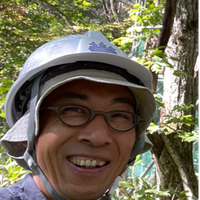| Timeline | From April 2015 to 1 April 2018 |
|---|---|
| Theme | Resource security |
| Countries | China |
| Funded by | Nederlandse Organisatie voor Wetenschappelijk Onderzoek (NWO) Partners CAREERI-CAS, ITP-CAS, Tor Vergata University of Rome, ETH Zürich, European Space Agency (ESA), National Aeronautics and Space Administration (NASA) Project leader Rogier van der Velde, Bob Su, Yijian Zeng Project officer Bert Boer Project type Contract research Budget 256,500 EUR |
Current land surface models cannot adequately capture the onset of freeze-thaw cycles that marks the shift from cold to warm seasons and vice versa. Simulating such freeze-thaw processes is inherently difficult as both heat and mass exchanges need to be fully captured. Better understanding and modeling of such processes becomes imperative because important sources of water and heat are associated with freeze-thaw transitions that are expected to be impacted by climatic changes at high altitude regions. On the other hand, the difference between a frozen and thawed land surface can also be detected from space with active and passive microwave sensors. Indeed, NASA’s Soil Moisture Active Passive (SMAP) mission is the first satellite that will provide soil moisture and information on the freeze-thaw state.
In this project, we aim to advance our knowledge on the presence of soil water under frozen conditions through observing and modeling the physical processes during freeze-thaw cycles using SMAP observations and contribute to Calibration/Validation of the SMAP soil moisture and freeze-thaw state products. We will approach the scientific problem from the a) ground measurement, b) earth observation and c) process modelling perspective. The Tibetan Plateau observatory, where three regional networks are available each holding twenty soil moisture/temperature profiling stations, will be upgraded to enable calibrated liquid moisture measurements under frozen conditions. Additionally, we will develop a fully coupled observation-process model that serves as reference for arriving at an improved process/observation understanding and as test bench for retrieval algorithm development.



